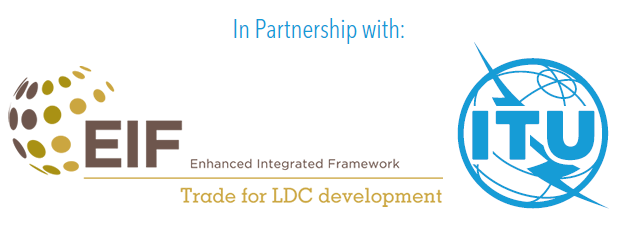2.1 Access to digital technology
In many parts of the world women and girls are typically at disadvantage when compared to men in terms of access to digital technology such as mobile phones and smartphones with connection to the Internet.
When it comes to owning mobile phones, the situation of women vis-à-vis men has improved in recent years but gaps remain. ITU suggests that in 30 of the 60 countries for which data are available for the 2018-2020 timeframe, gender parity in mobile phone ownership has been achieved, and in ten more countries, more women than men own a mobile phone. Nevertheless, in 21 countries, women lag behind men in mobile phone ownership, in some cases by a large margin.26 According to GSMA data, “[w]hile the overall gender gap in mobile ownership remains largely unchanged since 2017, the gender gap in smartphone ownership has reduced for the first time since then, driven by South Asia where these gaps have consistently been widest. Across low- and middle-income countries, women are now 7 per cent less likely to own a mobile phone, which translates into 143 million fewer women mobile owners than men. Women are also 15 per cent less likely to own a smartphone than men, down from 20 per cent in 2019.”27
Smartphones require a proper Internet connection. Compared to men, fewer women use the Internet, although the gender Internet divide has been narrowing in all regions. Globally, in 2020, 62 per cent of all men use Internet, compared with 57 per cent of all women. The global gender parity score has improved from 0.89 in 2018 to 0.92 in 2020.28
The Internet gender divide is more evident in some regions of the world. According to ITU data, “[p]arity has been achieved in developed countries as a whole and in the Americas, and almost achieved (parity score between 0.95 and 0.98) in the Commonwealth of Independent States (CIS) region, the small island developing States (SIDS) and Europe. The divide remains wide in the LDCs, where only 19 per cent of women are using the Internet (12 percentage points lower than men), the landlocked developing countries (LLDCs) (27 per cent of women versus 38 per cent of men), the Africa region (24 per cent versus 35 per cent) and the Arab States region (56 per cent versus 68 per cent).”29

